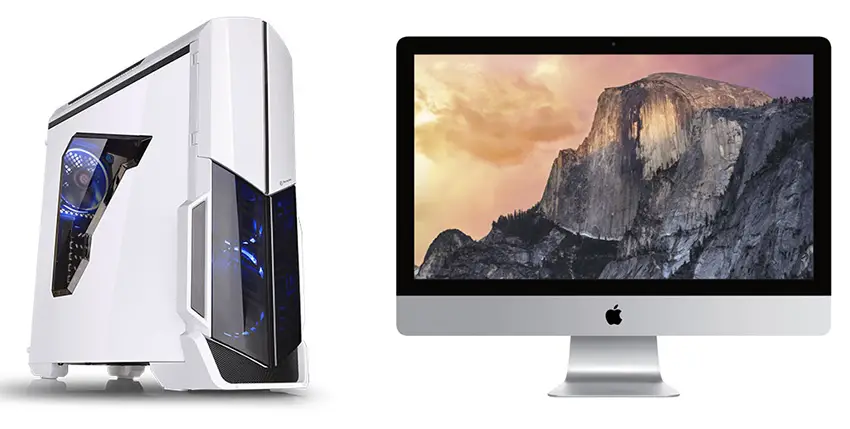

And it just doesn’t work as well with a desktop computer. This is a powerful workflow that has saved me from having to reshoot countless times. I can also let the client choose their favorite photos on site so there’s less time going back and forth over email. This way I know that I have enough photographs, and I know exactly which ones to edit when I’m taking product photos. I myself, or an assistant can even start editing right then and there. This allows me to check sharpness and image quality in Lightroom while taking the shot. In the studio, I can tether my photos straight into my laptop. Just hop in the car, and show the clients the photos I took, and even do some minor edits in front of them if need be! When I’m showing portfolios to clients, the laptop is my best friend. It’s powerful enough for the vast majority of user demands and has a good enough battery life to leave the charger behind if I want to have a solid 8-hour editing session at a cafe. The minute that I finish editing, I can take the same machine with me while I relax and watch Netflix. I can take my laptop from sitting at my desk to lounging on the couch in a couple of seconds. The main reason to buy a laptop computer for photo editing is that they’re portable. Will a laptop be powerful enough? Or should I buy a desktop computer? Why should I buy a laptop over a desktop? But I’ll get into a debate on that subject another day. That said, much of the advice in this article still applies to both types of computer users. Many programs have been adapted to Mac over the years, but there is still a large number of programs and technical solutions that only work on PC. In fact, there are some tools that ONLY exist for PC. But in the end, because of the power, prices, and additional functionality that I get with a PC, I’m not switching back anytime soon. I’ve worked with both PC and Mac, and there are good reasons to use both. But there’s one thing that I need to get out of the way first, and that’s that I’m through and through a PC user. So here’s a guide based on my years of experience editing on both types of machines. Most editing apps require 8Gb of ram to operate but typically need more power to run efficiently.

However, desktop computers are cheaper in the long term and offer more ergonomic supports. Laptops are more flexible than desktops, and are powerful enough for most photographers. When you’re looking to decide which machine will suit your purposes, there’s a couple of considerations to take. But laptops are also a great choice for most people out there. In some cases, a desktop is the best long-term choice. Back when I was in college, I always thought that a laptop computer wasn’t powerful enough for photo editing and that a desktop computer would be more practical. When I was a new photographer, I spend ages going over the internet to see what kind of a computer I should upgrade to.


 0 kommentar(er)
0 kommentar(er)
